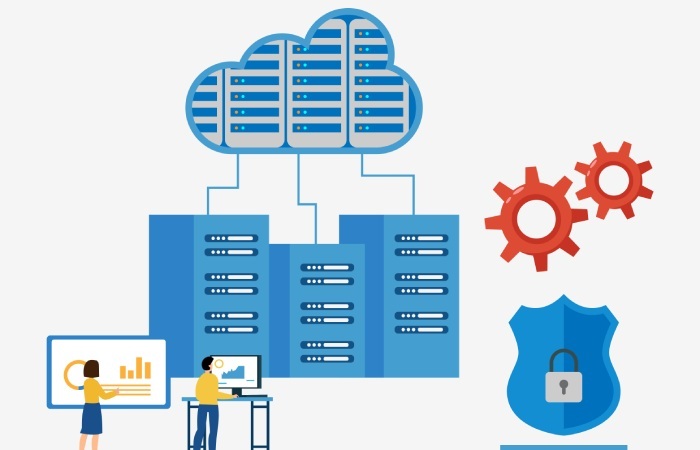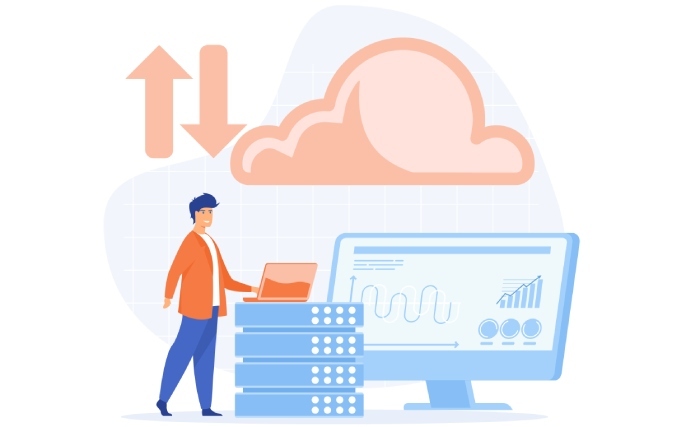Proxy Observability: A Data-Led Playbook For Reliable Web Scraping
Web scraping at scale is not a guessing game. Reliability hinges on measurable signals, not folklore or trial-and-error. The modern web is encrypted, multiplexed, and guarded by reputation systems that watch how your requests behave. If your proxy strategy does not account for that reality, you pay in retries, bans, and bandwidth.
Three background facts set the stage. Over 95% of Chrome page loads happen over HTTPS, so TLS handshake health and certificate consistency directly affect success. HTTP/2 carries the majority of requests on the open web, which means connection reuse, stream concurrency, and head-of-line blocking behavior can amplify small configuration mistakes. The median desktop page weight sits above 2 MB, so inefficient fetches and failed retries are costly. These are not academic details. They shape how you should evaluate and operate a proxy fleet.
Metrics That Predict Whether Your Proxies Will Hold Up

You cannot manage what you do not measure. The following signals tend to correlate with real-world scrape success and cost containment:
- Handshake success rate: A healthy pool maintains a near-100% TLS handshake success on first attempt. Drops indicate middlebox interference, expired cert chains, or IPs flagged by upstream CDNs.
- Protocol mix: When targets advertise HTTP/2, your requests should negotiate it reliably. Falling back to HTTP/1.1 more than occasionally points to fingerprint mismatches or obsolete ciphers.
- Status-code distribution: Watch the share of 403, 429, and 5xx responses per target and per ASN. Rising 403s clustered on specific autonomous systems are a hallmark of datacenter ranges getting flagged.
- Latency percentiles: Track p50, p90, and p99 end-to-end latency. Residential routes often show higher p90 due to last-mile variability, while good datacenter IPs keep tight distributions under load.
- Retry inflation: Retries above a low single-digit percent burn bandwidth fast, which matters given multi-megabyte pages. Keep a budget and alert when exceeded.
- IP churn vs. reputation: Fast rotation reduces correlation risk, but rotating too aggressively prevents reputation from stabilizing on some targets. Balance rotation against observed 403 and 429 rates.
- Geo and ASN diversity: A narrow set of networks increases correlation. IPv4 scarcity is real, with about 3.7 billion addresses publicly routable, so providers often crowd on popular ASNs. Spread your traffic.
Choosing Proxy Types With Eyes Open
Datacenter proxies excel at low latency and predictable throughput, often priced per IP with monthly rates that undercut other options. They are also the first to be flagged by reputation systems on sensitive targets. Residential proxies trade higher and more variable latency for better allow rates on consumer-facing endpoints, typically priced by the gigabyte. Mobile proxies inherit strong reputation but are expensive and slow to scale.

- Use numbers to pick, not slogans:
- Cost per successful request: Blend your price model with observed success rates and median payload size. For multi-megabyte pages, a few extra retries can erase any headline savings.
- Block concentration: If 403s cluster by ASN, swap only that slice of the pool rather than the entire provider.
- Concurrency tolerance: Residential pools often accept higher parallelism per target when paced, while datacenter IPs benefit from stricter per-host concurrency caps.
Rotation And Rate Control Without Guesswork
Rotation should be driven by measurements, not fixed timers. Start with per-target budgets, then adapt:
- Per-IP request budget: Cap requests per IP per domain and adjust based on 403 and 429 trends. If 429s appear before you hit the cap, lower it for that domain.
- Backoff on signal: Escalate backoff on server-driven cues like Retry-After rather than on a fixed schedule. Respecting these headers reduces bans and stabilizes success rates.
- Session pinning: Where sites bind server-side state to the client, pin sessions to an IP and fingerprint for the session lifetime, then rotate cleanly.

Instrumentation That Pays For Itself
Build lightweight probes that continuously test:
TLS cipher and ALPN negotiation, to ensure HTTP/2 availability where supported
DNS resolution latency and failure rate, per resolver and region
Per-ASN success rates to identify noisy neighbors early
Bandwidth per successful page to keep cost-per-result in check
With this telemetry, you can quarantine unhealthy IPs, rebalance traffic toward cleaner networks, and justify provider changes using hard data.
If you are assembling your own pool as part of an ingestion pipeline, a practical resource on how to scrape proxies automatically can help you bootstrap and continuously refresh inventory.
A Short Checklist Before You Scale

Verify HTTPS handshake success near 100% and confirm HTTP/2 is negotiated where advertised.
Track 403, 429, and 5xx by target and ASN. Replace only the noisy slice.
Budget for median page sizes above 2 MB to avoid surprise bandwidth costs.
Balance rotation cadence with session needs. Pin when stateful, rotate when stateless.
Choose proxy type based on cost per successful request, not nominal price.
Scraping reliably is a systems problem. Ground your proxy choices in the realities of encrypted transport, protocol behavior, and payload economics. Measure the few signals that matter, adapt on them, and the bans and bandwidth bills both come down. In the same way, maintaining email trust requires properly implementing SPF, DKIM, and DMARC.







